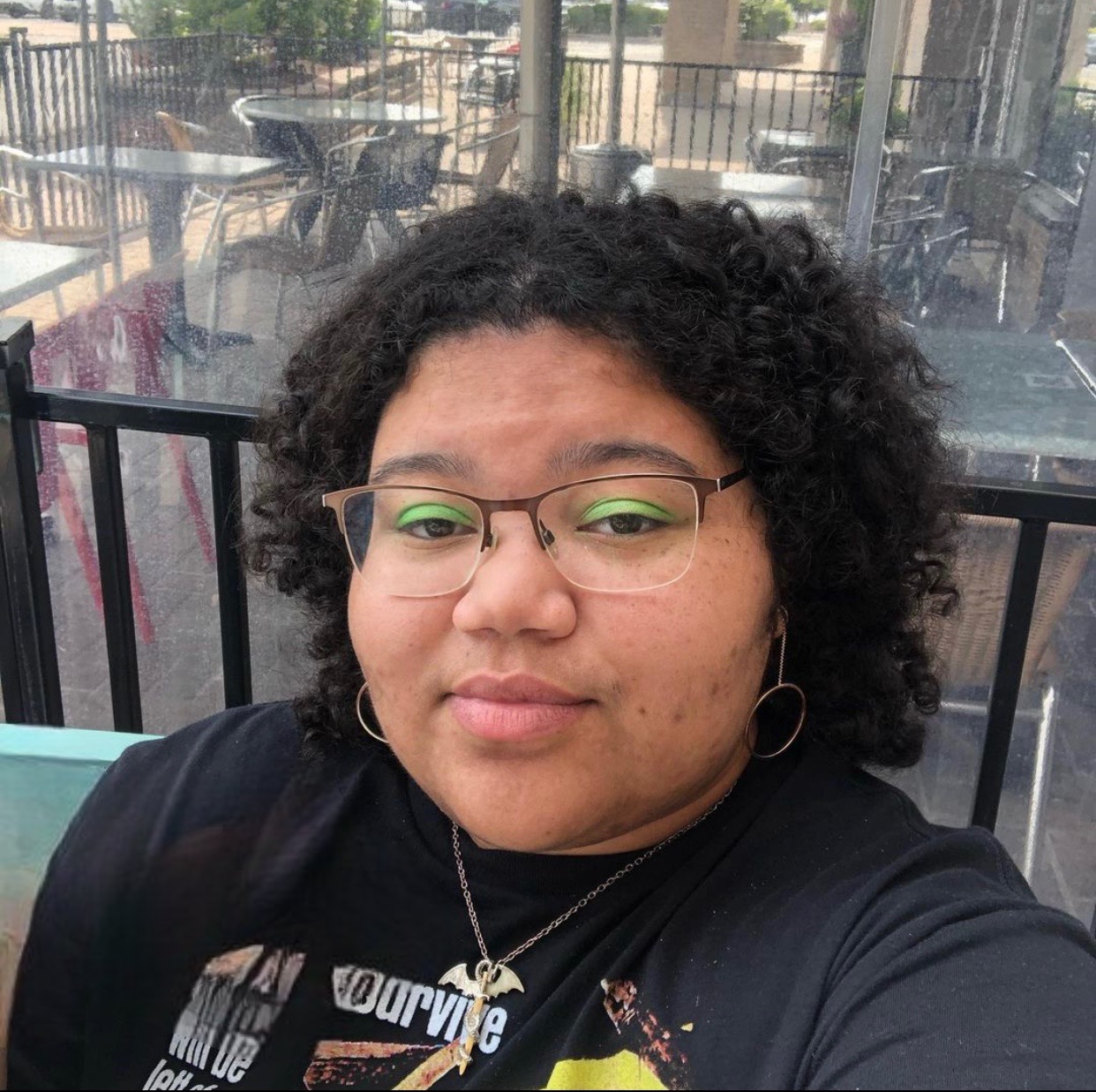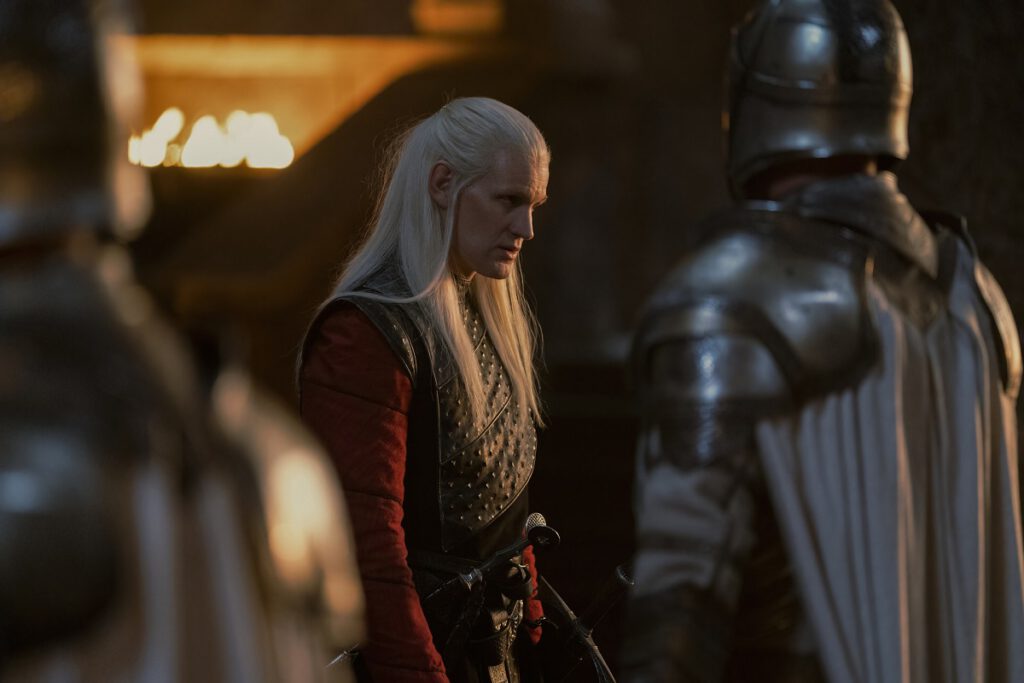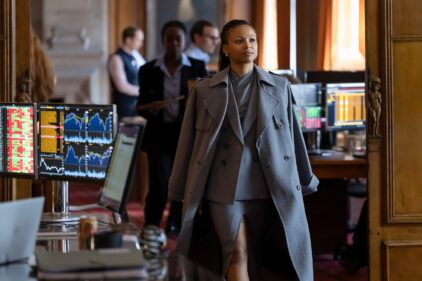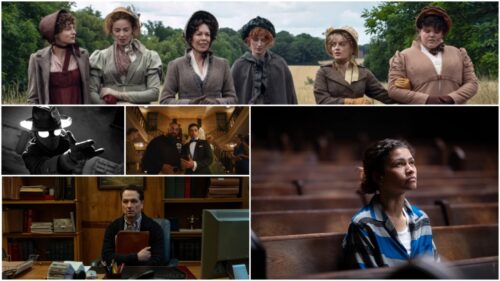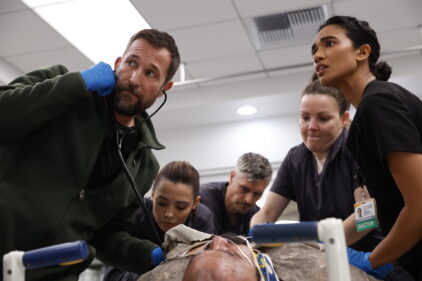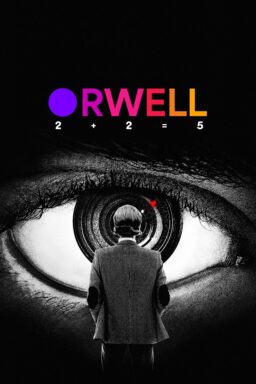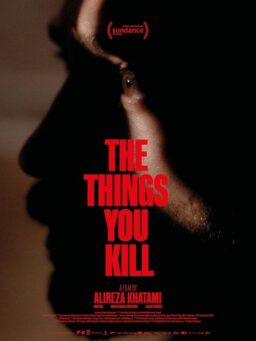When “House of the Dragon” was announced, even fans of “Game of Thrones” were apprehensive. Would David Benioff and D.B. Weiss be helming the series? Would George R.R. Martin be involved? These questions matter, not only to the diehard “Game of Thrones” fans but to casual viewers as well. After wild critical and commercial success since its premiere in 2011, the Emmy-winning series ended in 2019 with a lot of backlash, from the disregarded plotlines to the quick and at times mind-boggling finale that disappointed nearly everyone. Can “House of the Dragon” improve on where the original series ended? The short answer is: yes, it can. And yes, it has.
It’s clear by the end of the first episode, premiering August 21 on HBO, that “House of the Dragon” is the product of people who have deeply analyzed the source material of the work they’re adapting. From the manner in which the characters speak (“Game of Thrones” abandoned time-specific linguistics around Season Six) to the family dynamics of this fictional universe, this new look into the world that George R.R. Martin created is an example of what an adaptation should be. But the most clear display of these new creators, led by Ryan J. Condal, honoring the world of ice and fire is the way in which “House of the Dragon” has gone back to what made “Game of Thrones” intriguing: the politics.

The story of “House of the Dragon” begins 172 years before “Game of Thrones” takes place, during a Targaryen dynasty that lasted decades, with narration making it clear what story this series is going to tell: “The only thing that could tear down the house of the dragon was itself.” The king of Westeros, Viserys I Targaryen (Paddy Considine), not to be confused with Daenerys’ Targaryen’s brother of the same name, rules the seven kingdoms alongside his hand and advisor Otto Hightower (Rhys Ifans). When Viserys’ wife dies in childbirth, along with their newborn son, he must decide between his daughter Rhaenyra (Milly Alcock), and his brother Daemon (Matt Smith) as his successor to the throne.
The family dynamics that made the first three seasons of “Game of Thrones” so engaging are on full display here. The relationship between Rhaenyra, Daemon, and Viserys is even more compelling than that of the Starks, competing for the spot of the most toxic family on television. They aren’t alone though, as Otto and his daughter Alicent (Emily Carey) make their way into the fold, along with Corlys Velaryon (Steve Toussaint) and his children. Each of these people attempt to scheme and plot their way onto the iron throne.
Otto begins a plot to get his daughter Alicent to gain the king’s favor, putting a strain on the dear friendship between her and Rhaenyra. Viserys seems unwilling to forget the memory of his newly deceased wife, but soon enough, he marries Alicent, and she becomes queen. Later in the season, ten years have passed with Rhaenyra having married and given three sons to Laenor Velaryon (John Macmillan), son of Corlys Velaryon from one of the oldest houses in the realm. Despite this, Alicent begins to ponder over the children’s true lineage, sparking further drama that aids in the ultimate unraveling of the characters we have begun to get to know.

It’s not all plotting and scheming though as character arcs and relationships are integral to the plot of “House of the Dragon.” Daemon and Rhaenyra are definitely the standout characters and they have the most interesting arcs. As uncle and niece grow farther away from each other, their paths begin to mirror. Matt Smith’s screen presence is otherworldly, playing Daemon with an at times unwavering arrogance, only truly revealing an inner turmoil through his eyes. Milly Alcock is fantastic as a young Rhaenyra Targaryen, as is Emily Carey as a young Alicent Hightower, but it is Emma D’Arcy and Olivia Cooke who immediately stand out as their older counterparts in episode six.
Despite the initial apprehension, “House of the Dragon” has succeeded at being a true adaptation of George R.R. Martin’s work. The scale has been peeled back, abandoning long battle sequences for biting words, political intrigue, and character drama. It may take viewers who enjoyed the spectacle of later seasons of “Game of Thrones” a while to get on board, but fans of Martin’s books and the lore of Westeros are in for a treat.
It seems a simple premise, one where mischief and tyranny rule over the lords of the seven kingdoms, but this show is anything but simple. “House of the Dragon” immediately breathes new life into the world of ice and fire, proving that when done with care, adaptations of this rich world can still be enthralling.
Six episodes screened for review.
